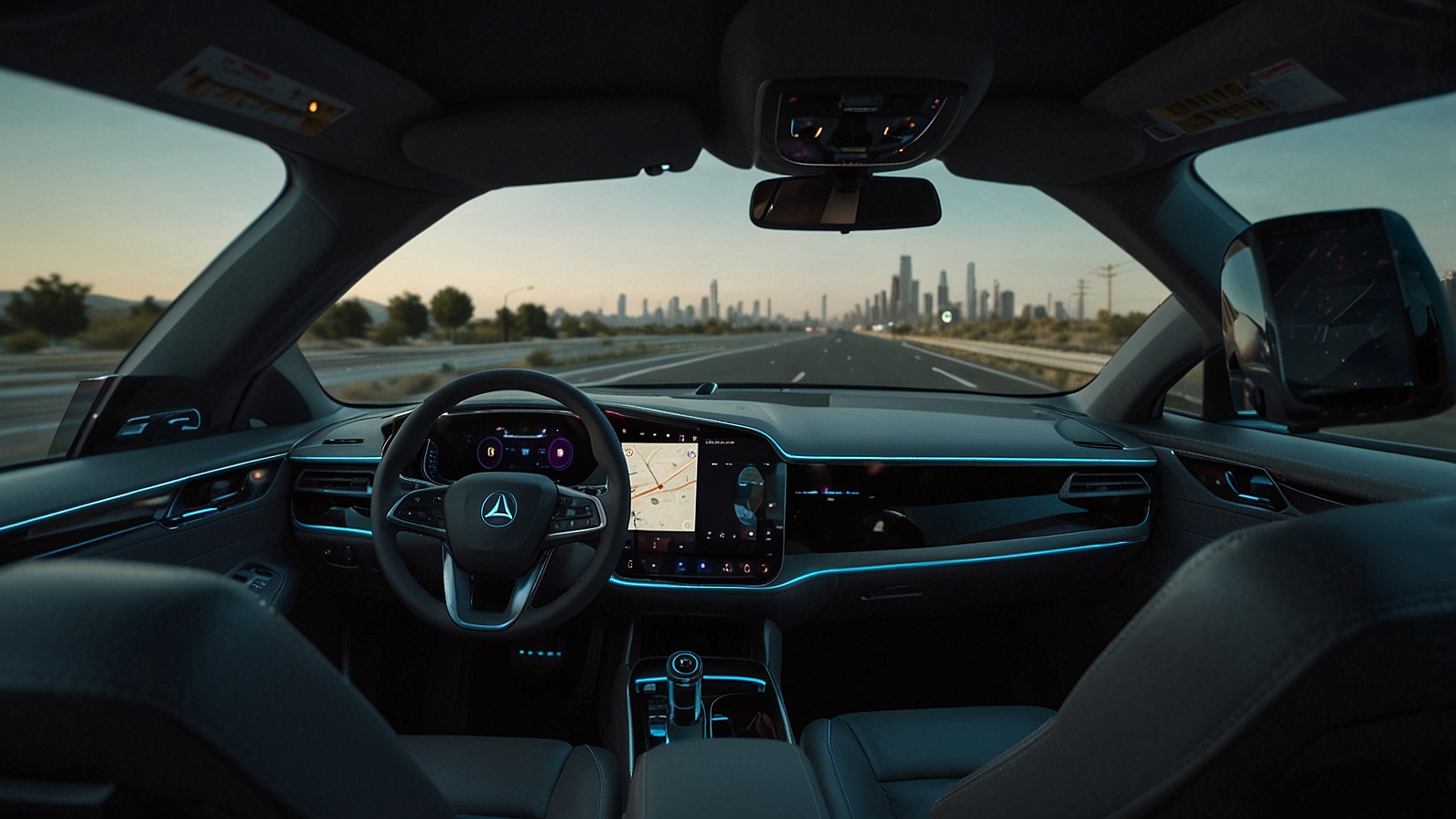A Visual Journey Through the World’s Most Vibrant Bazaars
There’s something magical about traditional markets. They aren’t just places of commerce—they’re living museums of culture, color, and community. Each market tells a story through its handmade goods, fragrant spices, lively banter, and centuries-old traditions. Pack your camera and your curiosity: here are some of the most breathtaking traditional markets worth traveling for.
1. Chichicastenango Market – Guatemala
Colors That Dance on Cobblestone Streets
Nestled in the highlands of Guatemala, Chichicastenango (or “Chichi” as the locals call it) bursts into a riot of color every Thursday and Sunday. Indigenous vendors line narrow alleys with woven textiles, wooden masks, pottery, and incense. Women in traditional huipils (embroidered blouses) balance baskets on their heads as they move gracefully between stalls. The market spills out from the central plaza and into the surrounding streets, offering not just goods but a glimpse into Mayan culture, still vibrant and proud.
Photo moment: Capturing the sea of rainbow-colored textiles waving in the breeze.
2. Marrakech Souks – Morocco
A Labyrinth of Spices and Stories
Step into the souks of Marrakech and you step into another world. A maze of alleys and courtyards, these markets buzz with life as artisans hammer out brass lanterns, dyers soak brilliant yarns, and spice sellers pile cumin, saffron, and cinnamon into fragrant pyramids. Lose yourself in the rhythm of bargaining and storytelling, a tradition as old as the Red City itself.
Photo moment: Golden light hitting a spice vendor’s stall at sunset, the air thick with the scent of sandalwood and rose petals.
3. Tsukiji Outer Market – Tokyo, Japan
Fresh Flavors and Flashes of Tradition
While Tokyo’s famed Tsukiji fish auction has moved, the outer market remains an essential experience. Here, the freshest seafood mingles with delicate pastries, tamago-yaki (sweet omelets), and endless rows of kitchen tools. Watch chefs expertly fillet tuna the size of small cars, and sample sea urchin, fresh oysters, or a sizzling bowl of ramen under fluttering banners.
Photo moment: Close-up of a sushi chef’s hands as they craft a perfect nigiri.
4. Grand Bazaar – Istanbul, Turkey
The World’s Oldest Shopping Mall
Imagine over 4,000 shops tucked under ancient vaulted ceilings, each promising treasures of glass, gold, leather, and silk. The Grand Bazaar of Istanbul isn’t just a market—it’s a universe. Wandering here feels like time travel: artisans sipping tea behind their counters, the jingle of gold bracelets, the glow of hand-knotted carpets unfurling onto stone floors.
Photo moment: Overhead shot of colorful lanterns hanging like a canopy of stars.
5. Floating Markets – Bangkok, Thailand
Where Boats Bloom Like Lotus Flowers
Thailand’s floating markets, especially Damnoen Saduak, are a vivid spectacle of life on water. Wooden boats loaded with tropical fruits, steaming bowls of noodles, and flowers drift through narrow canals. Vendors in wide-brimmed hats paddle skillfully from customer to customer, exchanging smiles and goods in a rhythm that feels timeless.
Photo moment: A boat overflowing with pink dragon fruit and marigolds, mirrored on the shimmering water.
6. La Boqueria – Barcelona, Spain
A Feast for the Senses
Just off La Rambla, La Boqueria is a bustling celebration of Catalonian flavors. Stalls piled high with Iberian ham, shimmering seafood, pyramids of candy, and just-pressed juices create a vibrant mosaic. The market’s energy is infectious—come hungry and ready to taste your way through tapas, oysters, and melt-in-your-mouth pastries.
Photo moment: The dazzling display of multicolored fruits under the historic wrought-iron entrance.
7. Khan El Khalili – Cairo, Egypt
Echoes of Ancient Trade Routes
One of the oldest markets in the Middle East, Khan El Khalili has been a hub of commerce since the 14th century. Under intricate stone archways, vendors sell silver jewelry, alabaster lamps, hand-embroidered galabeyas, and spices that scent the air. Sip mint tea in a centuries-old café and imagine the traders of old, bringing goods from India, Africa, and beyond.
Photo moment: A shop stacked floor-to-ceiling with vibrant hand-painted ceramics.
Final Glimpse:
Markets are where cities breathe. They offer an unfiltered view of life, rich with textures, tastes, and tales. So next time you travel, set aside the polished shopping malls. Find the local market, camera in hand, and get wonderfully lost in the soul of a place.














